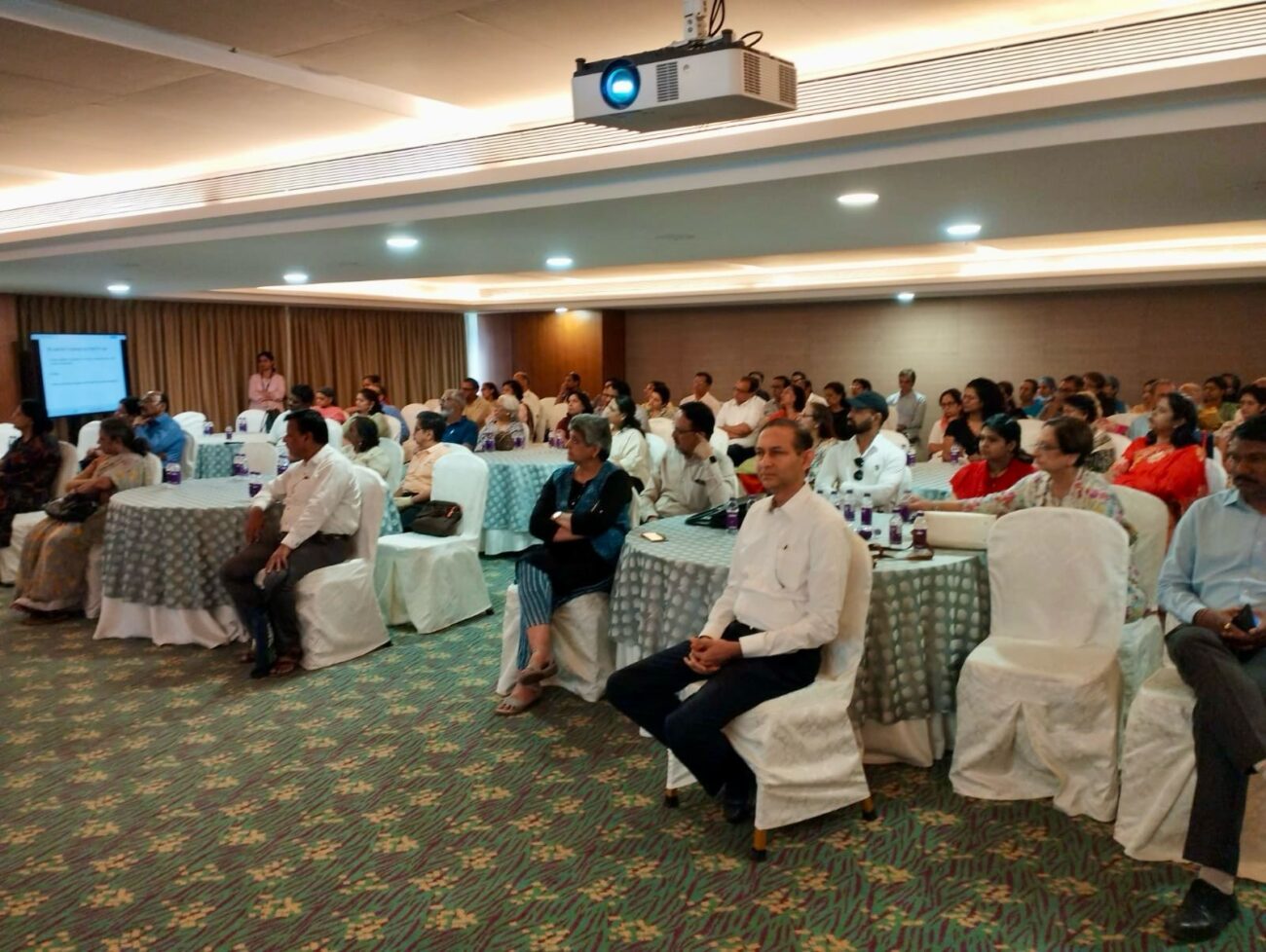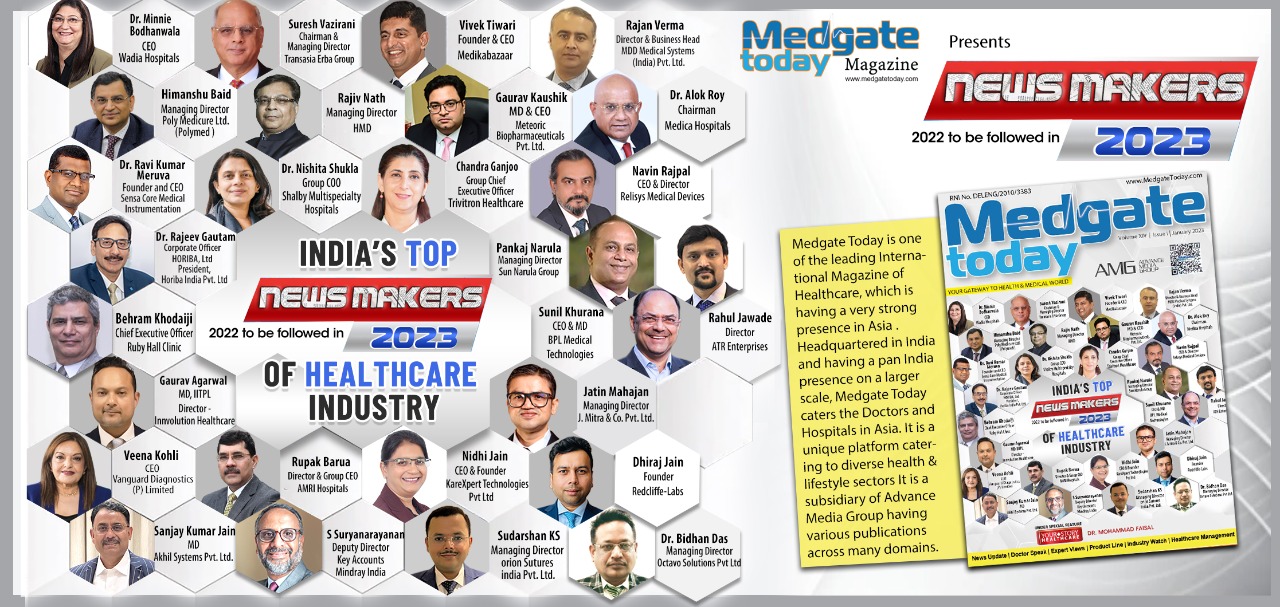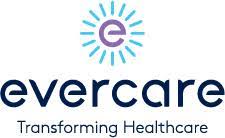India is considered a privatized health economy and around 80% of healthcare expenses are borne privately
Vivek Seigell Principal Director, PHD Chamber of Commerce Human life is only more precious than ever before due to productivity enhancement, thanks to technological advancements, from purely an economic point of view and as also the interdependencies
Vivek Seigell Principal Director, PHD Chamber of Commerce
Human life is only more precious than ever before due to productivity enhancement, thanks to technological advancements, from purely an economic point of view and as also the interdependencies of and on every individual, from a social point of view. Investments and importance of Health sector which we read in print and on web are a testimony which can’t be ignored.
The Indian pharmaceuticals market is third largest in terms of volume and Fourteenth largest in terms of value in the world. The country’s pharmaceutical industry expanded at a compound annual growth rate (CAGR) of 9.4 per cent in 2013 to reach around US$ 30 billion in 2015 and is expected to expand at a CAGR of 23.9 per cent to US$ 55 billion by 2020. In terms of value, exports of pharmaceutical products from India increased at a CAGR of 26.1 per cent to US$ 10.1 billion during FY06–13.The country’s pharmaceuticals industry accounts for about 2.4% of the global Pharma industry by value and 10% by volume. The generics market is expected to grow to USD 26.1 Billion by 2017 from USD 11.3 Billion in 2011.(IBEF). Considered to be a highly fragmented industry, consolidation has increasingly become an important feature of the Indian pharmaceutical market.
Pharma Vision 2020 by the government’s Department of Pharmaceuticals aims to make India a major hub for end-to-end drug discovery.
India is considered a privatized health economy and around 80% of healthcare expenses are borne privately, with majority being out of pocket expenses; in this, India is quite different from the USA where insurance pays for more than 90% of health related expenditure and the UK, where a National Health Service covers majority of costs incurred.
As per capita income in India was also low ($1800 in 2014), and neither universal healthcare nor universal insurance were available, affordable access to medicines was considered a key policy goal of the Indian government. Thus, economic generic alternatives to expensive medicines were widely available in India which in turn, reduced the likelihood of high priced therapies launching successfully. Given the low per capita income and the lack of universal health care provision and the privatized health care access, the Drug Price Control order came into existence to fulfil a key policy goal of the Indian government – to provide increased access to medicines to people at an affordable price.
National Health Policy 2017 is sensible and comprehensive. Significantly, the policy takes a holistic view of the health system and achieving better outcomes across elements of access, cost and quality—all closely inter-related. The policy looks to increase access to care by expanding coverage to the underprivileged and under-served and focuses on primary healthcare packages with geriatric, palliative and rehabilitative services. It also looks at increasing hospital beds to 2 per 1,000 people from an appalling 1.3 in 2012. Importantly, there is a commitment to increasing the public spending on healthcare to 2.5% of gross domestic product (GDP) to help finance these initiatives.
The health policy has also sensibly focused on being cost-effective by focusing on preventive and promotive care and trying to fundamentally change the paradigm from sickness to wellness. This is the need of the hour as its cost effectively improves outcomes. In fact, early intervention reduces costs by 10-20 times vis-a-vis late treatment in the case of diabetes and leads to 85% reduced costs and a 2 times increase in survival rates for cardiovascular diseases. Useful lessons can also be learnt from countries such as Singapore which have delivered world-class outcomes by spending among the lowest levels on healthcare (around 4.5-5% of GDP). Other health systems show that a focus on primary care reduces the mortality and morbidity of cancer and cardiovascular diseases by a good 20-50%.
It is also great to see the focus on outcomes such as life expectancy and disease-specific targets. Worryingly, we have missed achieving millennium development goals in infant and maternal mortality. And, if we don’t address the epidemic of non-communicable diseases, our growth potential will be gravely undermined.
The policy also focuses on quality, recognizes the role of the private sector and envisages the creation of a public health management cadre to optimize health outcomes. Talent is a constraint at multiple levels and acceleration of capacity is critical to driving access, which the emphasis on affordability alone will not solve.
The PHD Chamber of Commerce & Industry ( PHDCCI) has submitted a representation to the Expert Committee headed by Dr. C. K. Kokate, Chairman, Expert Committee, DGHS, Ministry of Health and Family Welfare, in regard to the replacement of Gelatin Capsules with Cellulose Capsules as also the safety and vegetarian or non vegetarian aspects concerning Gelatine capsules versus HPMC capsules.
It may be noted that the DGHS vide notice dated June 02, 2017, had sought views of various stakeholders to address all the technical issues pertaining to replacement of gelatin capsules with cellulose based capsules for encapsulation of drugs.
The notice states that “A proposal has been received to replace gelatin capsules with cellulose based capsules which are of plant origin and are safe for use as compared to animal based gelatin capsules”.
Ministry of Health and Family Welfare vide order dated 20.03.2017 has constituted an Expert Committee to address all the technical issues pertaining to replacement of gelatin capsules with cellulose based capsules for encapsulation of drugs.
The Committee has desired that views of stakeholders including manufacturers/marketers of HPMC capsules as well as NGOs who are working in this area or involved in this subject may also be obtained so that a considered view can be taken in the matter. In order to examine the pros and cons of the proposal, suggestions/comments are invited from the Stakeholder/NGOs/Consumers within 21 days.
In the meanwhile, soft gelatine capsules have been given a go-ahead, therefore there is no prima facie issue with the raw material and hence the replacement of the hard gelatine capsules being non-vegetarian is totally misplaced and uncalled for.
this connection, at a meeting of the Technical Advisory Board (DTAB) of the CDSCO (the apex body to decide on technical issues) on May 13, 2016, a proposal to label cellulose based capsules with a green dot to indicate its vegetarian origin was considered. The DTAB turned down the proposal for the required amendment of the Drugs & Cosmetics Act on the basis that unlike in the case of food items, the choice of drugs is not that of the consumer (the patient) and is based on the prescription of the doctor where considerations of vegetarian origin or animal origin has no relevance. DTAB also recorded its observation that HPMC capsules are made from a semi synthetic chemical and hence cannot be considered of vegetarian origin.
The Supreme Court, in its order dated March 07, 2013, Case No. 641, had ordered that there is no need for non-veg or veg labels on drugs or cosmetics and hence even the red dots which are printed on non-veg products was not implemented for medicines.
Gelatine Capsules are consumed by people at large as carriers of important medicines used to cure many terminal and lifestyle diseases. The consumption of medicine is more curative than out of personal choice. Looking at basic fundamental, it is not prudent to enter the Vegetarian and Non-Vegetarian debate in this matter. It may further be noted, that Gelatine used in the manufacture of empty capsules are derived from an extraction process wherein no animals are harmed or killed for this specific purpose. Only the left over bones having hydroxide and collagen, which is a protein widely found in animal bones (and is not more than 2% of the total value of the dead animal) is extracted through sophisticated machineries in WHO GMP approved extraction and manufacturing plants. Accordingly it is misplaced to have any notion that Gelatine Capsules are non-vegetarian in origin.
Gelatine capsules are totally safe for human consumption. WHO as per evidence certifies Empty Hard Gelatine Capsules for its total safety for Human Beings. And so do the Pharmacopoeia of USA, Japan, European Union, United Kingdom, Australia and India.
When a scientific body of the Government of India, the Indian Pharmacopoeia Commission, publishes a monograph on gelatine and empty gelatine capsules how can it then be unsafe? Presumably, the ultimate test of safety of a product is if it conforms to the specifications given in a pharmacopoeias, Several other pharmacopoeias around the world, including the British Pharmacopoeia, the United States Pharmacopoeia, and the Japanese Pharmacopoeia have confirmed its safety.
Technically speaking:
Pharmacokinetics and Pharmacodynamics properties of the drug has to be tested before it is put in to the market if the drug is encapsulated in Cellulose Capsules
Bioequivalence study for each drug would have to be carried out also
HPMC capsules are not suitable especially if the medicine has Potassium ions. Similarly for a few of the drugs, Cellulose capsules were better than Gelatine capsules
At the same time a study of end of shelf life performance for cellulose based capsules needs to be conducted and, hence, the issue of replace of Gelatine should not be taken hastily
The time taken for the above tests of bioequivalence of thousands of drugs and combinations and Pharmacokinetics and Pharmacodynamics properties will take several years followed by the long process of approval from the drug authorities and any such move could mean devoiding the 1.2 billion people of this country of basic medical and health services for that many number of years.





